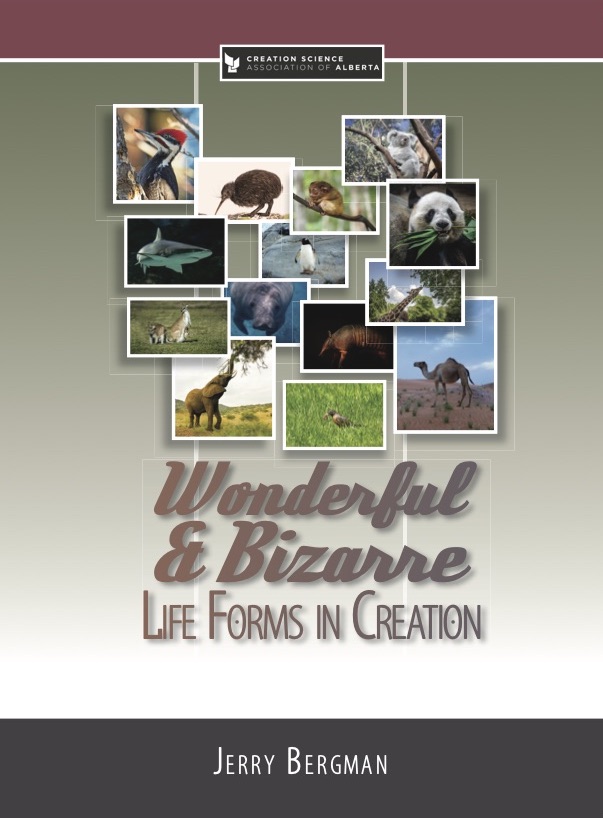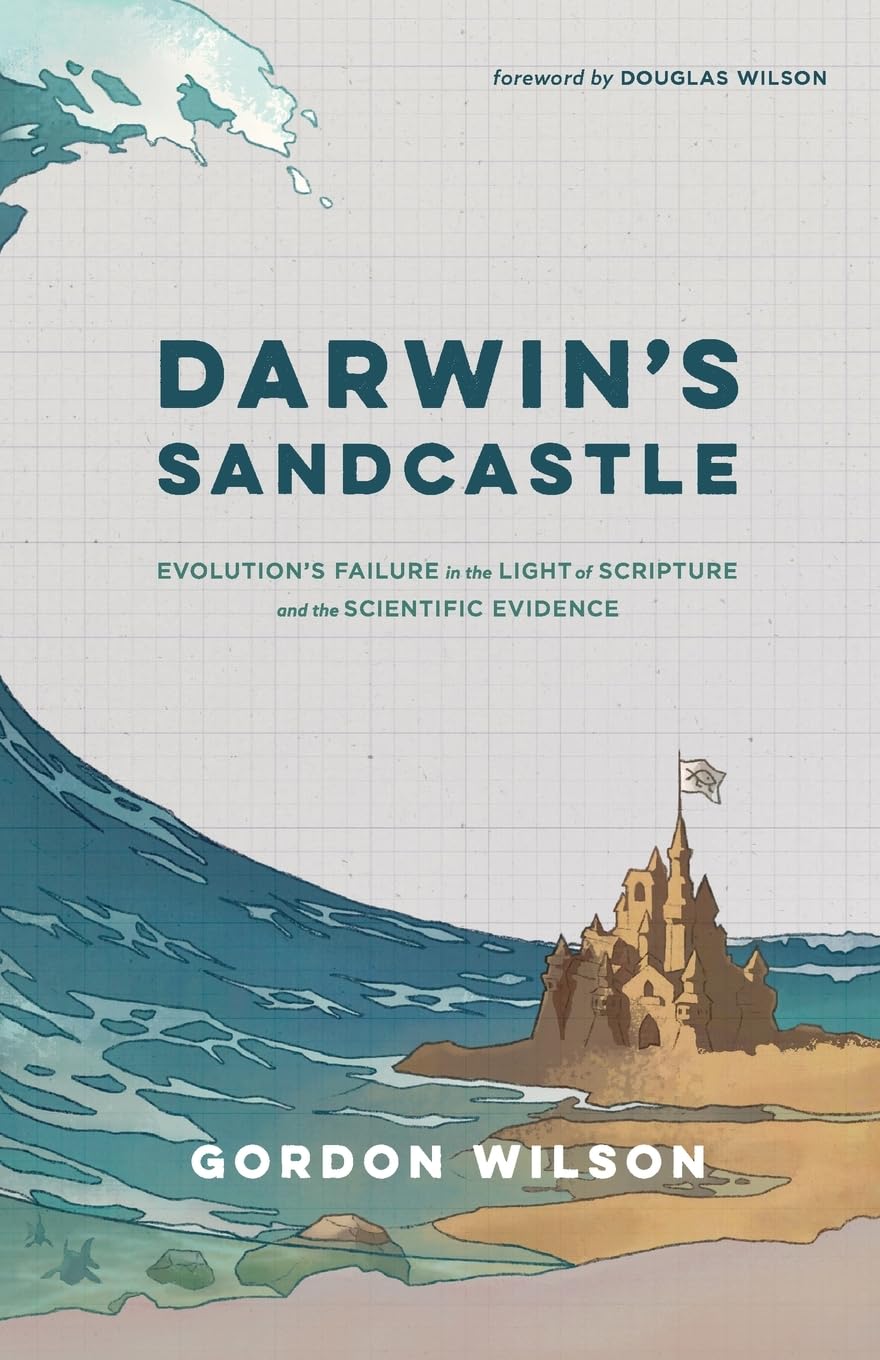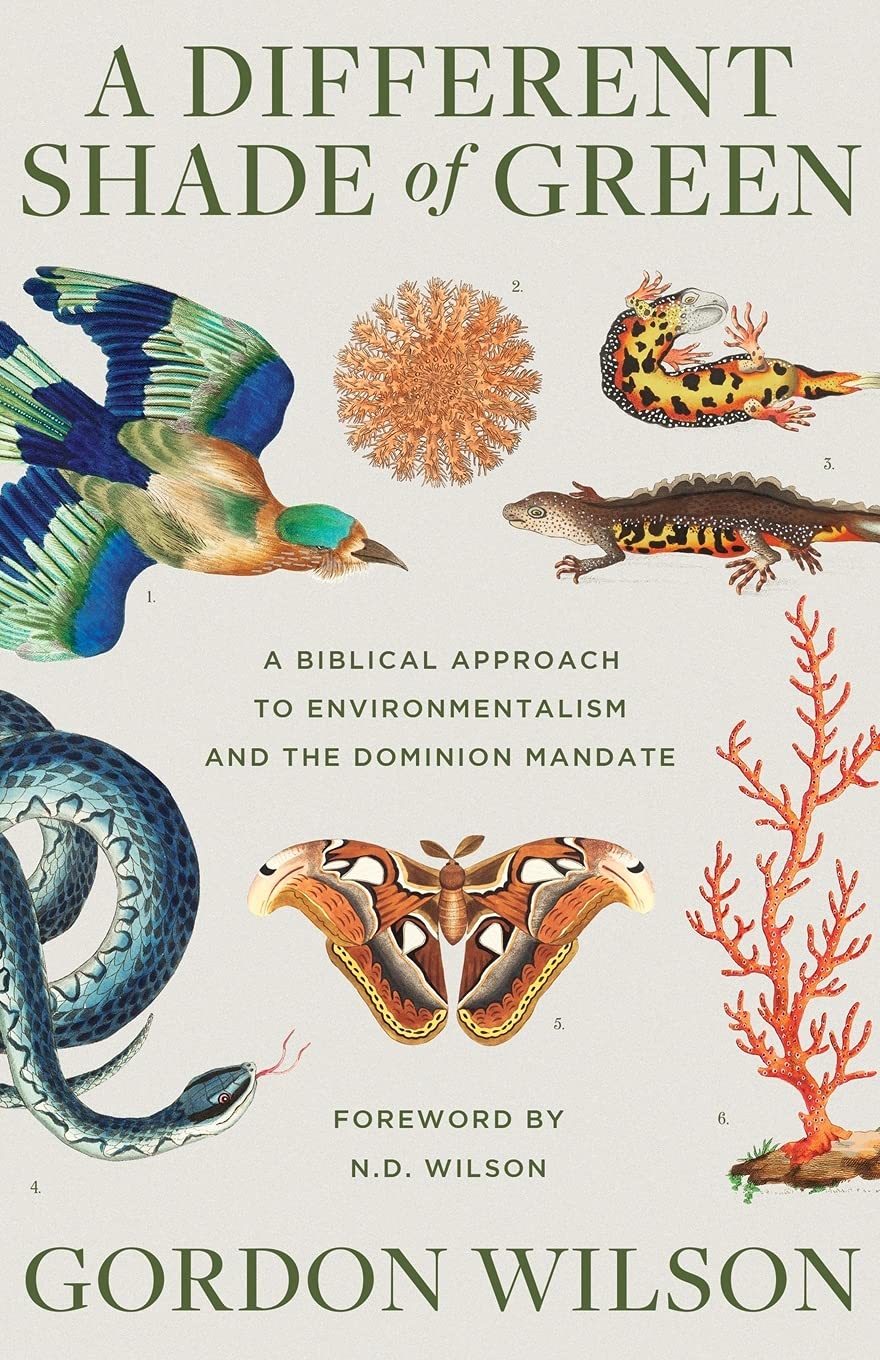John Whitcomb and Henry Morris’ 1961 classic The Genesis Flood was, of course, a wonderful work. Countless people, among them many scientists, have been positively influenced by its message. In the ensuing half century however, a lot of new information and many new arguments against “the flood” have appeared. The time has long since come for an update of the 1961 work. So it was that geologist Andrew Snelling has written a massive work Earth’s Catastrophic Past. This is wonderful news for everyone who has an interest in the Scriptures. Although at first the work looks very technical, various sections will appeal to different reading audiences. It really is a case of one size fits all!
We have all heard many of the arguments against the universal character of the flood of Noah: what about the “older” Babylonian flood myth, the Gilgamesh Epic? How did Noah get all those animals on the ark? How did he manage the clean up and feeding duties? Does “all” really mean “all”? What about aboriginal populations who lived on distant continents undisturbed by any flood? What about marsupials in Australia? What about radiometric dating? The negative queries go on and on. It was to provide informed answers for everyone and to encourage young students to become qualified in the relevant disciplines, that Dr. Snelling wrote his book.
The author devotes Volume One to general introductions to the Scriptures and to geology. It is his contention that science and philosophy cannot raise doubts concerning God’s word. In this context he provides eight Biblical arguments which cannot be discredited. Nevertheless many people do argue against the Biblical record, so he continues with the rest of this work. Dr. S. next discusses non-geological arguments against the flood, such as the Babylonian myth. Then he discusses objections to the details of the flood account. Next he divides geologic history into major events such as the creation, pre-flood period, flood and post-flood periods. Finally he looks in detail at the Hebrew text of Genesis chapters 1-11.
Dr. S., in the latter part of Volume One, turns his attention to geology. He declares that while the geological column is a physical reality, we must nevertheless not allow ourselves to be confused by evolutionary interpretations thereof. On the contrary, he says “our challenge is to seek a better and more robust explanation for these observational data within the biblical geologic model for earth history based on the scriptural details of creation and the Flood.” (p. 354) Lastly he provides a general introduction to plate tectonics. However the really significant discussion is on catastrophic plate tectonics in Volume Two, pp. 683-707.
In Volume Two, Dr. Snelling devotes his attention to specific scientific details which impact the issue of the universality of the flood. In the first section, he considers the overwhelming testimony of field and laboratory studies which demonstrate that the conventional interpretation is incorrect. In this section he discusses chalk beds, limestones, sandstones, shale, and fossil grave yards among other issues.
In the second section he discusses a Biblical model of earth history. In his opinion, the top of creation week’s energetically laid down sediments (resulting from day 3 tectonic events) might be at the top of the “Mesoproterozoic rock sequence” (see p. 310 for diagram) (p. 645). He then discusses pre-flood issues followed by a model for the onset and progress of the flood (catastrophic plate tectonics). This answers the questions where the water came from and where it went afterwards. He discusses new definitions of where the pre-flood/flood boundary may be, the order of the strata (layers of sediment), the flood/post flood boundary and post-flood geology including an ice age. Obviously recent geological discoveries fit nicely into the flood model!
In the next section, Dr. S discusses what radiometric dating does, and does not, tell us. Then he discusses support for Biblical geology from diverse areas such as earth’s magnetic field and helium sources and amounts. Lastly he turns his attention to issues like varves, coral reefs, evaporites, and hardening of sediments into rock (lithification).
This work is a richly documented resource on the flood and it covers an astonishing array of issues. Few readers, of course, will read the whole thing at once. Most will use it as a resource for information on their favourite topics. Fair enough! The rest of the work is available when they need it. But for those with the time, the whole book provides a fascinating read!
Andrew Snelling. 2009. Earth’s Catastrophic Past: Geology, Creation & the Flood. Two Volumes. Institute for Creation Research. Dallas. pp. 1102. (colour illustrations)
November 2010
Subscribe to Dialogue







